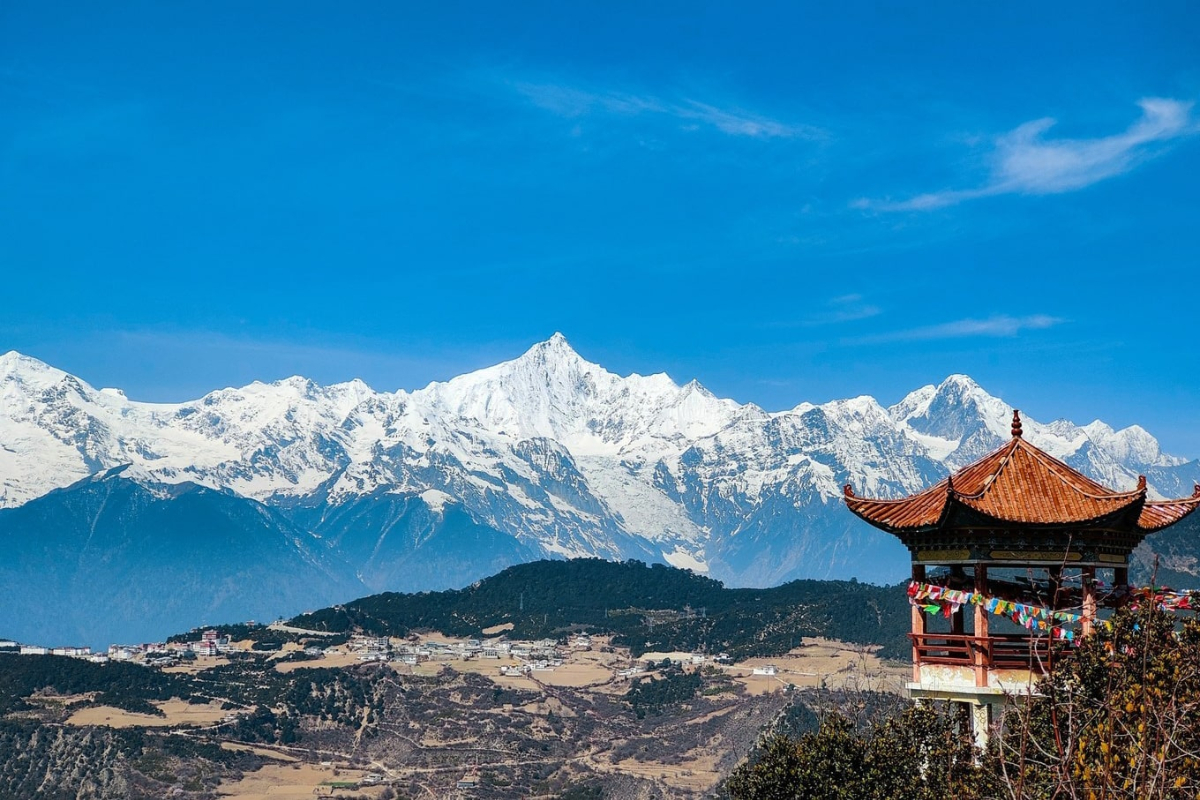
Meili Snow Mountain
In the Meli Snow Mountains there are glaciers that extend from 5,500 meters above sea level to the forest regions at an altitude of 2,700 meters, and they are modern monsoon marine glaciers in low latitudes, high altitude.
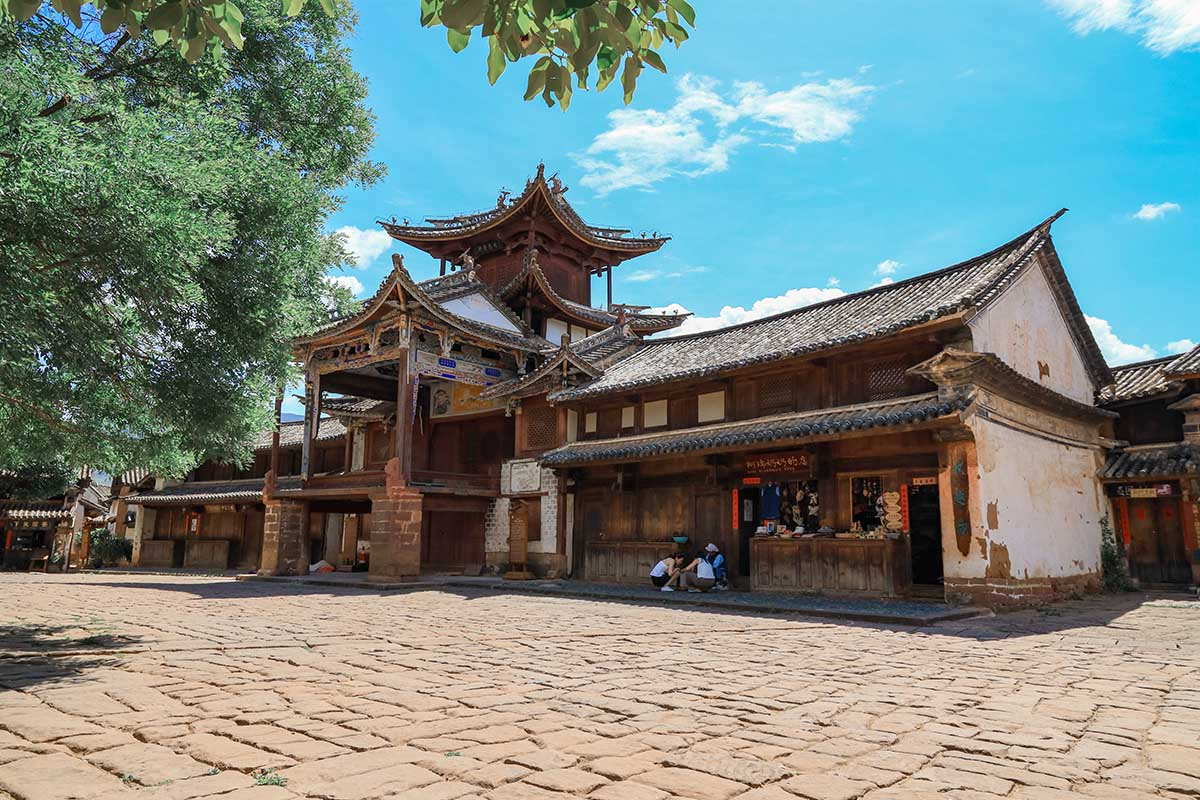
Shaxi Ancient Town
Shaxi is the best-preserved city on the southern silk route. Many of the historical sites have been well preserved including Sifang Street, Xingjiao Temple, YuJin Bridge and Ancient Opera Stage.
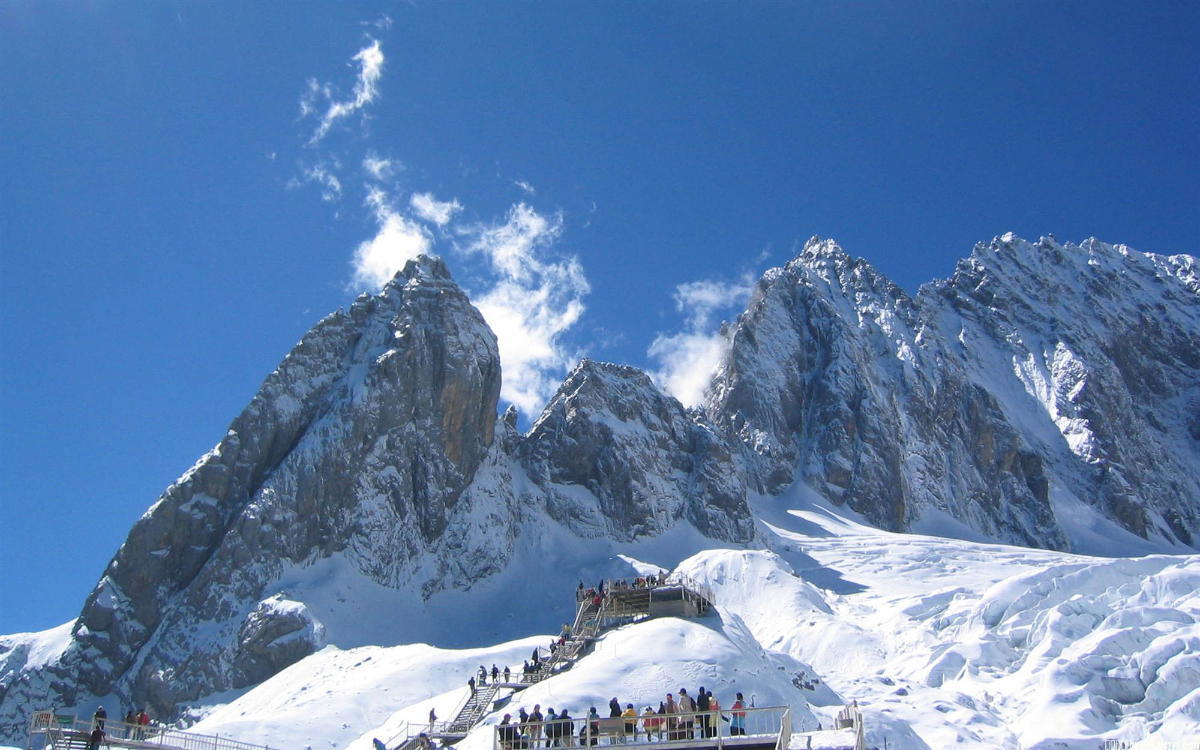
Jade Dragon Snow Mountain
Jade Dragon Snow Mountain is famous for its height, beauty and peculiarity. The main scenic spots are Glacier Park, Ganhaizi Meadow, Blue Moon Valley, Spruce Meadow and Yak Meadow.
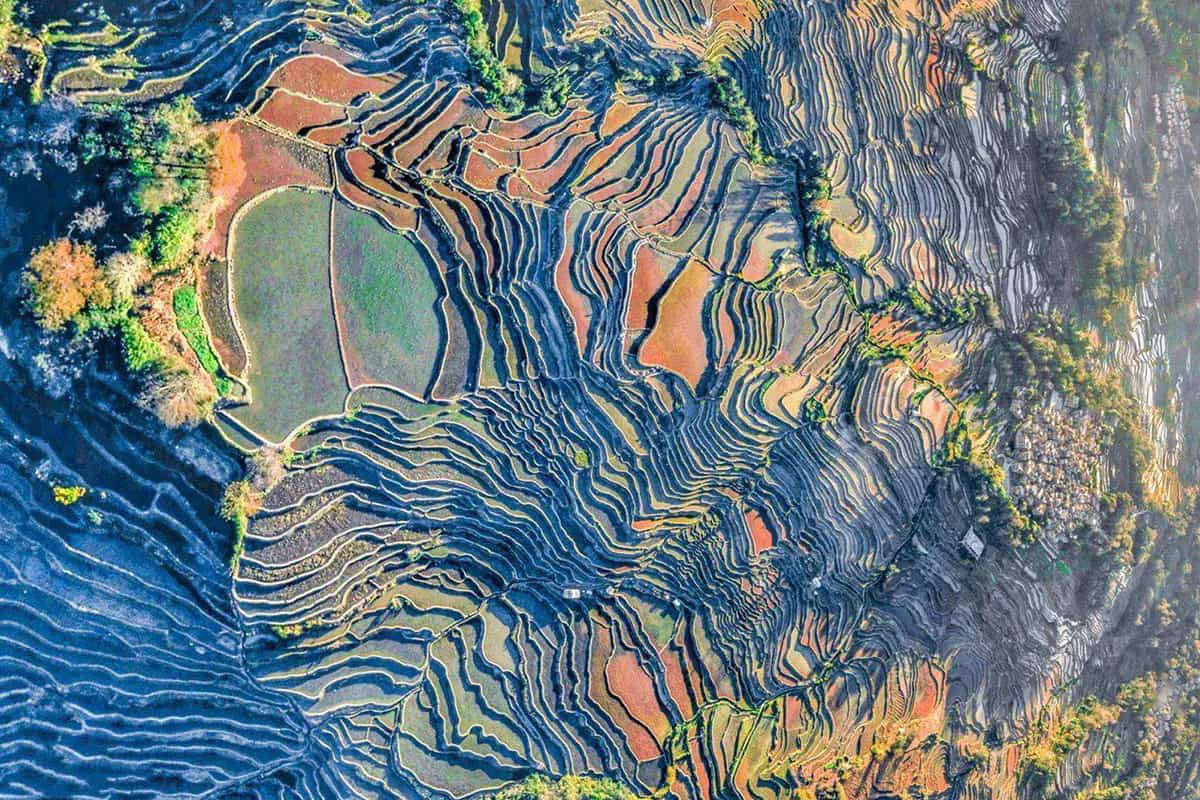
Yunnan Honghe Travel Guide
Fossils excavated in the Kiayuan region of Honghe Prefecture has shown evidence that region is one of the birthplaces of humans in China. The discoveries also showed that Jianshui, Gejiu, and Mengzi were prosperous cities and powerful political and cultural centers.
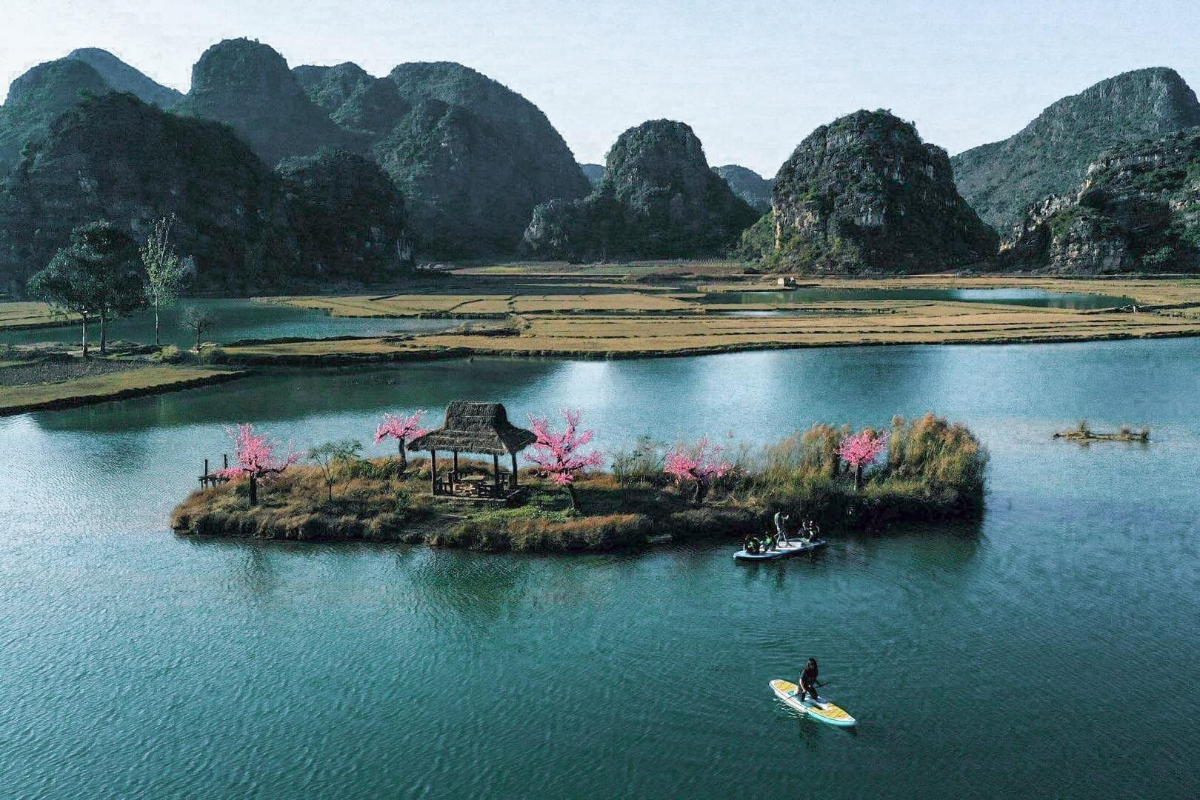
Puzhehei Scenic Spot
Known as “Guilin of Yunnan”, Puzhehei is a typical karst landform developed in the karst area of southeast Yunnan.Puzhehei is famous for six scenic spots, "Water Pastoral, Lake-Peak Forest, Yi Water Town, Karst Wetland, Lotus World, Migratory Bird Paradise".
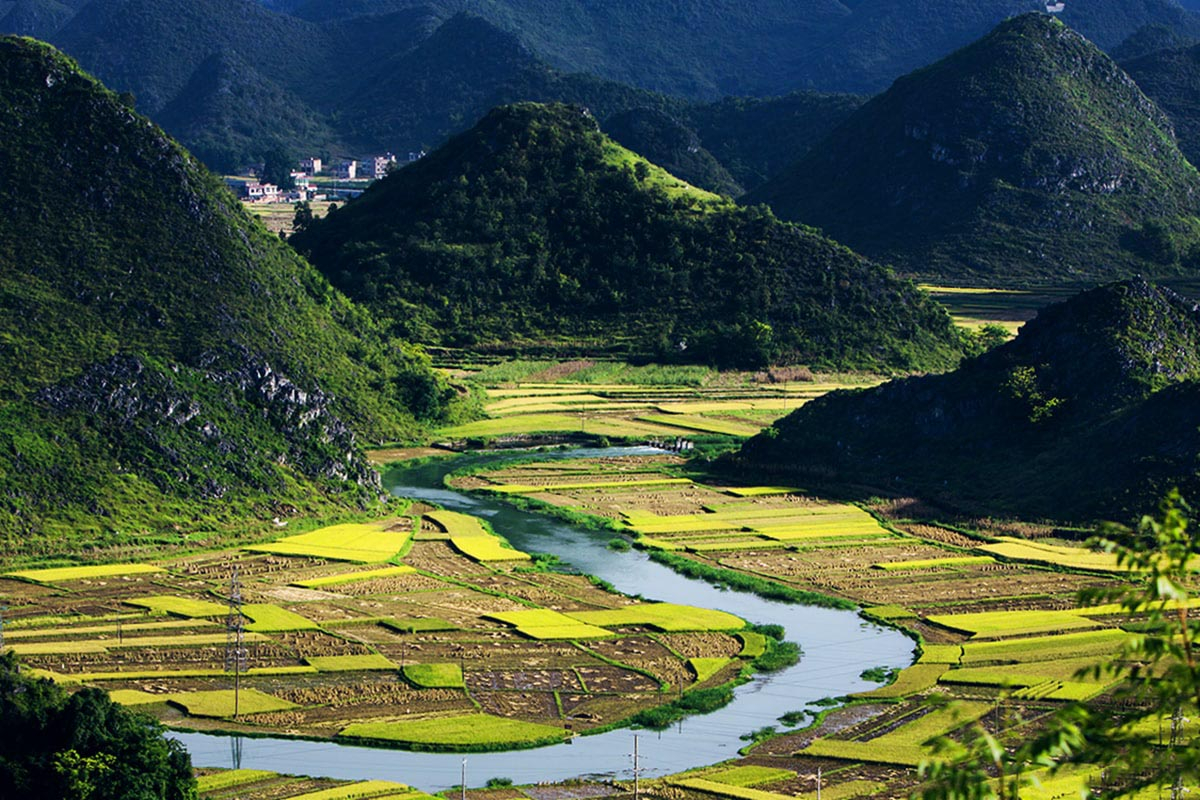
Bamei Village
The village is old and beautiful, tall banyan trees with luxuriant leaves, giant tree roots intertwine and lie bare on the ground, more than 100 families of the Zhuang ethnic group live in the buildings built one by one against the hill.
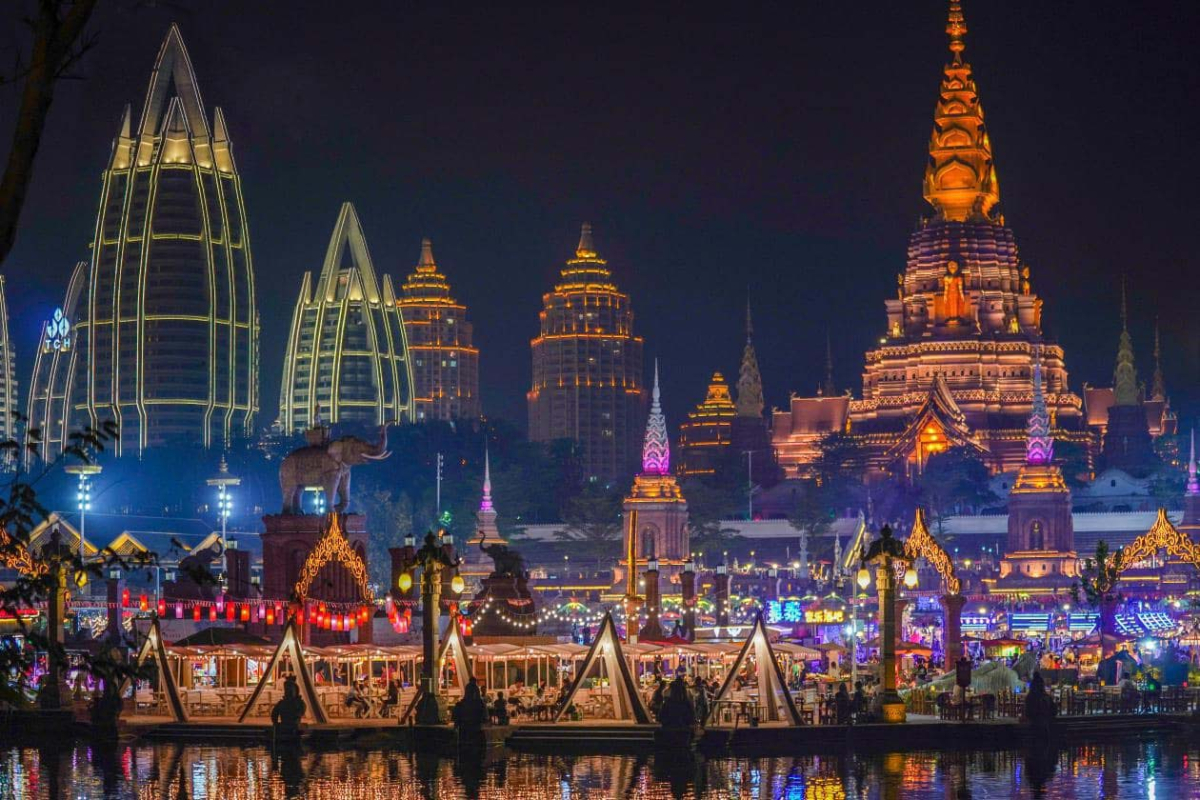
Gaozhuang Xishuangjing
Gaozhuang Xishuangjing is in Dai language, it means Nine Pagodas and Twelve Villages. The aim is to reproduce the ancient Jinghong splendour and create a prosperous "Jinghong city within the city".
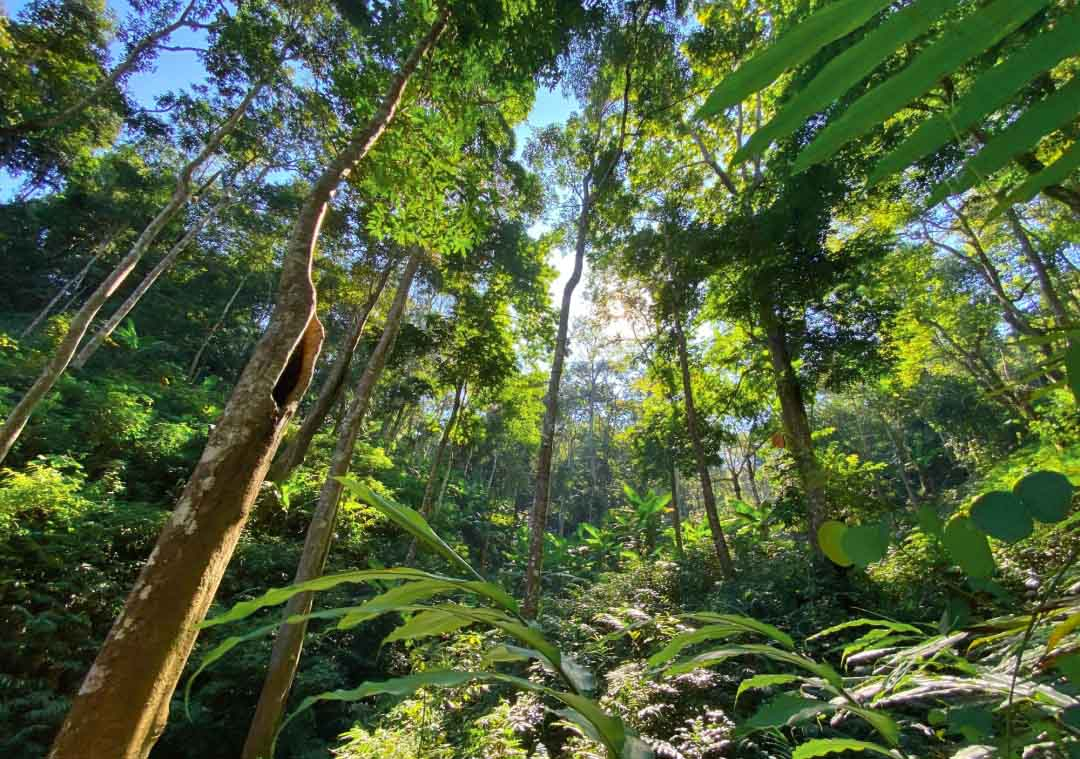
Mengyuan Fairyland
Mengyuan Fairyland is a well-preserved tropical rainforest, covering an area of 30 square kilometers, one of the large scale comprehensive nature reserves with the richest and most concentrated tropical biodiversity and the most complete tropical forest ecosystem in China.
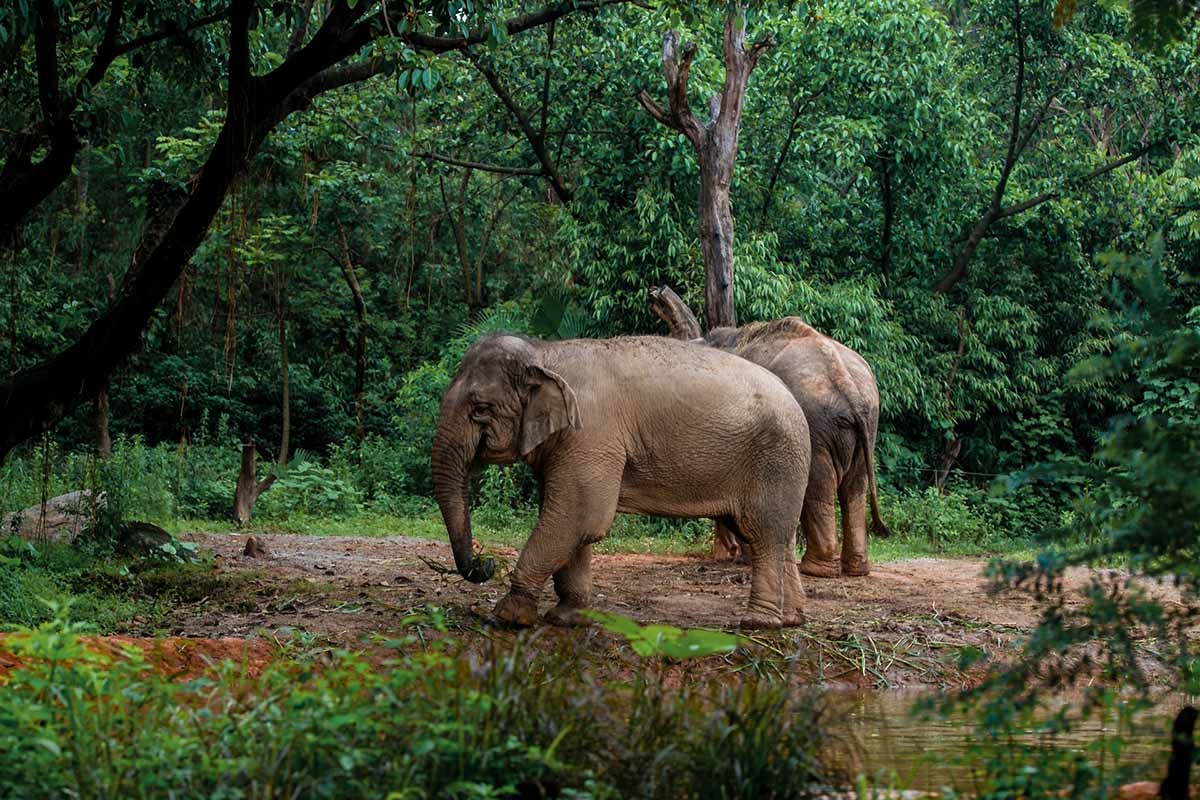
Wild Elephant Valley
The area is crisscrossed by river valleys, dense forests, tropical rain forest scenery, the growth of Asian wild elephants, bison, green peacocks, macaques and other exotic animals. Facilities were built such as the elephant viewing corridor, tree hotel, high altitude cable car, walkway, artificial butterfly breeding garden, net cage bird garden and so on.
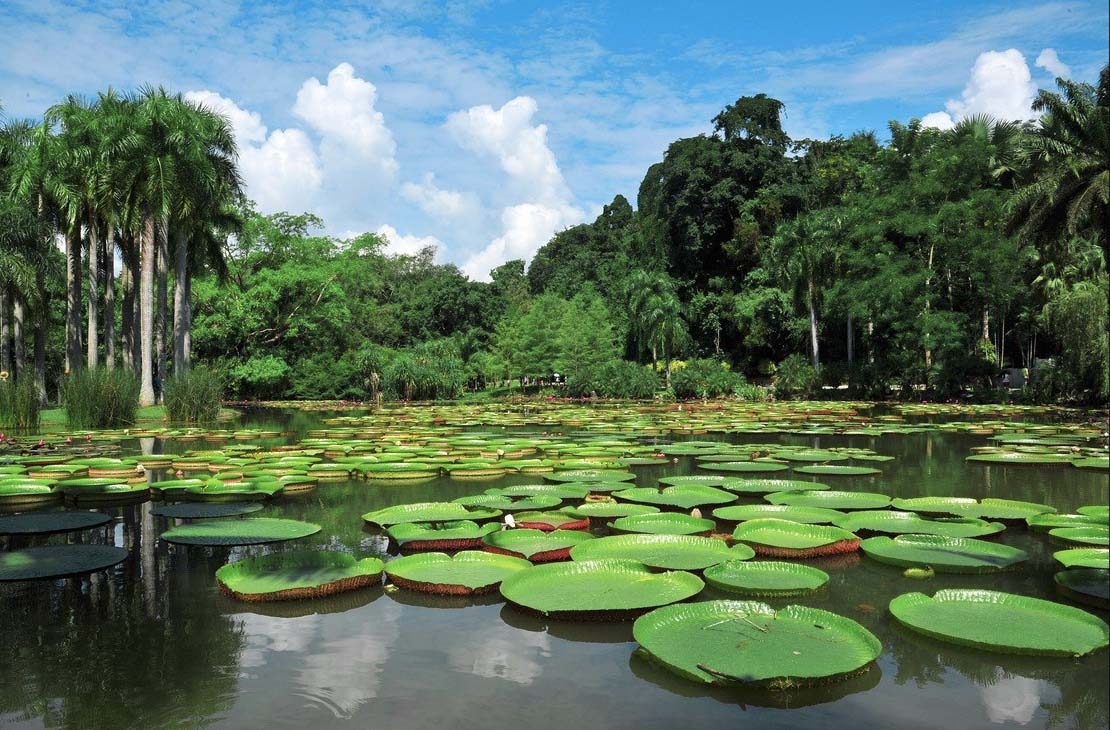
Tropical Botanical Garden of Chinese Academy of Sciences
The Tropical Botanical Garden has 38 special plant areas, and preserves a primitive tropical rain forest with an area of about 2.5km². The main research disciplines are conservation biology, forest ecosystem ecology and resource botany. It is the best Chinese botanic garden.
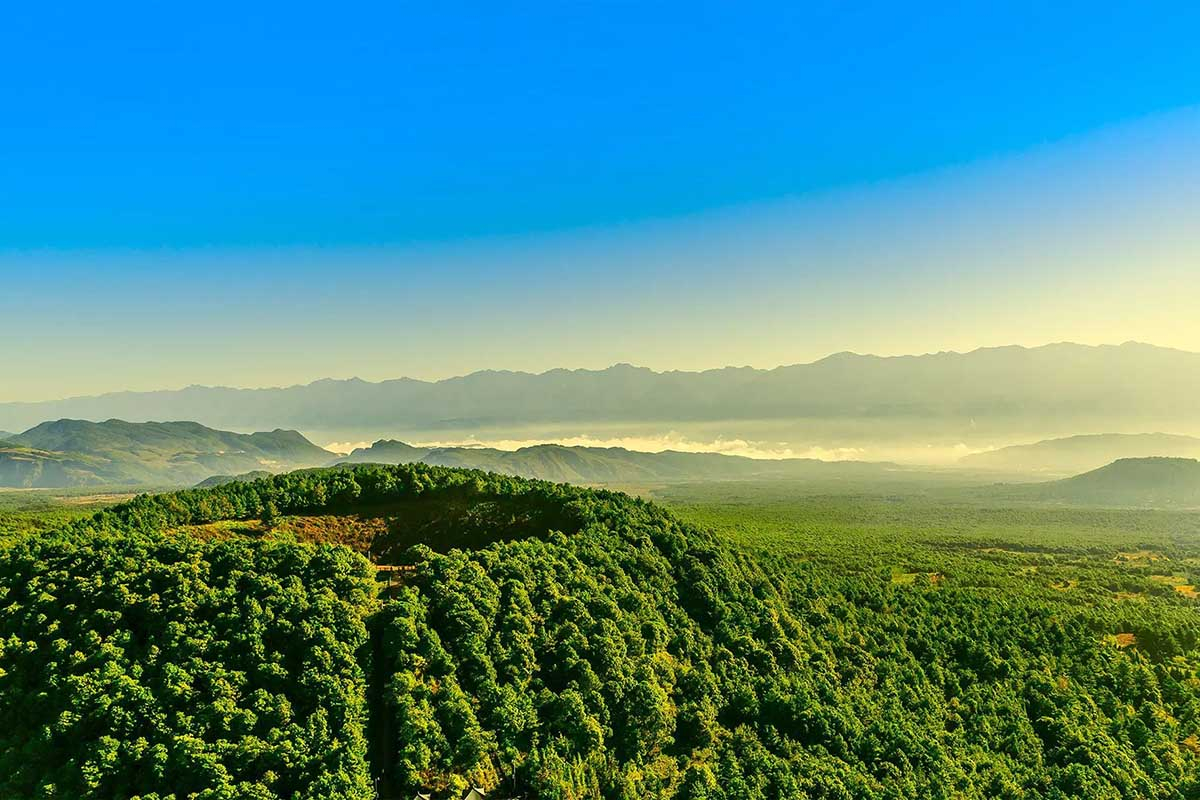
Tengchong Volcanic Geo Park
Mount Dayinshan is known as “the First Volcano” in Tengchong. The mountain is a conic volcano, of which the crater has a diameter of 300 meters and a depth of 100 meters. Mount Maanshan, sits 5 kilometers west of Tengchong county, is also a conic volcano.

The Ginkgo Village of Tengchong
The best time to visit is from September to December. During that period, the whole village was bathed in a sea of golden leaves.Apart from ginkgo trees, Gudong town is also famous for its shadow puppet play.
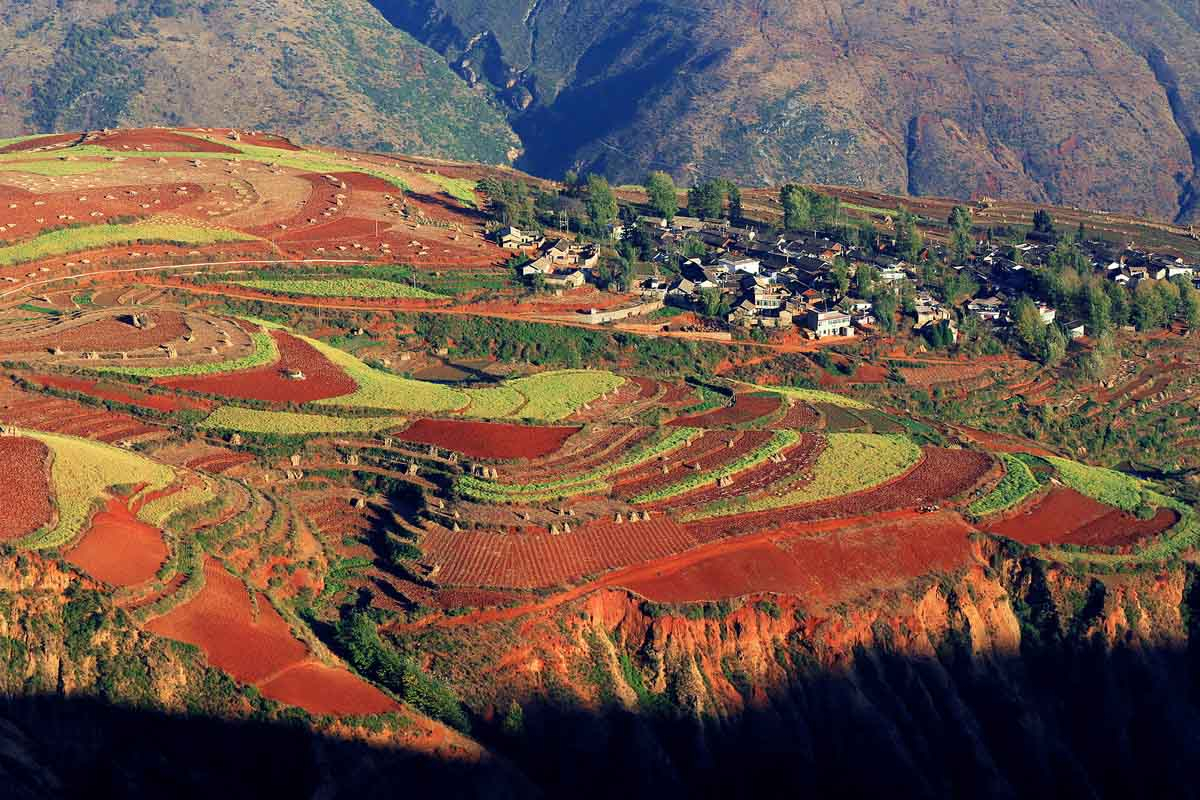
Dongchuan Red Land
Dongchuan Red Land is considered by experts to be the most magnificent red land in the world except for Rio de Janeiro, Brazil and its scenery is even more magnificent than Brazil's red land.

Manting Park
There are more than 500 well preserved ancient India ironwoods and other vegetation, hills and rivers in the park, as well as cultural landscapes with strong ethnic characteristics.It is a natural village style park which used to be the imperial garden of the Dai King and has a history of more than 1300 years.
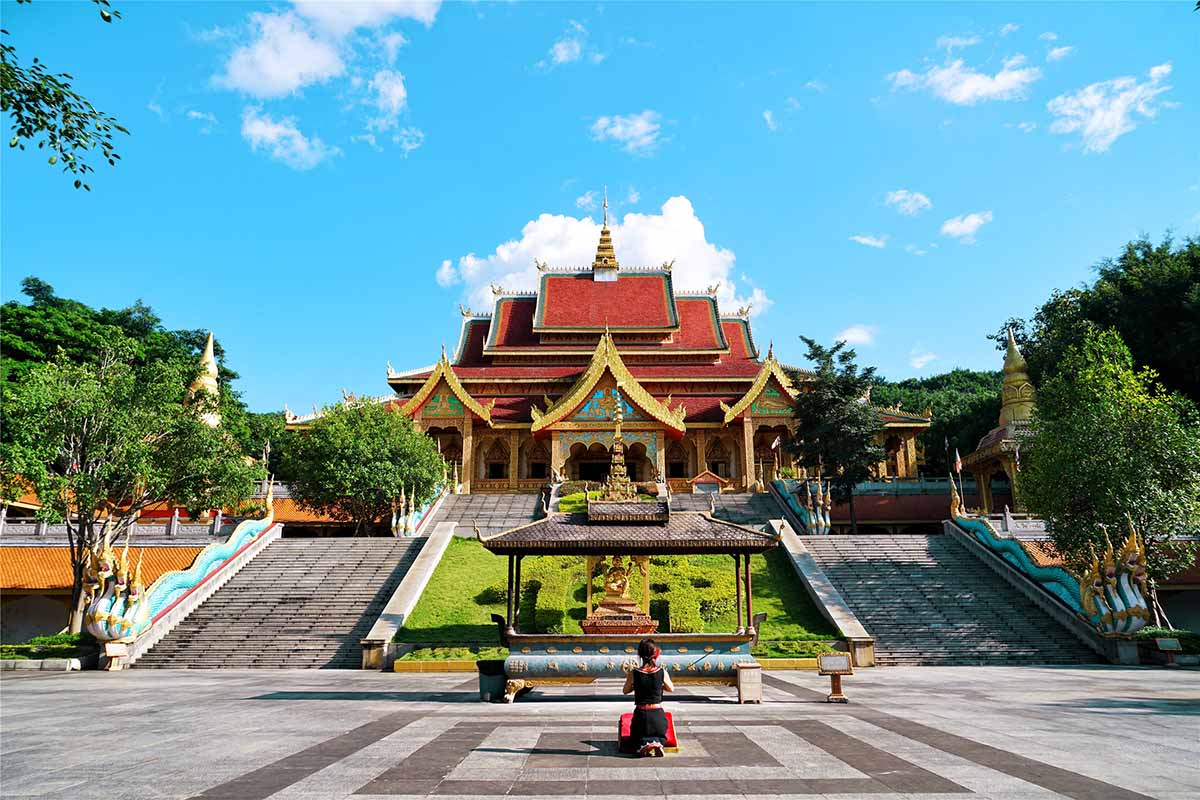
Mengle Buddhist Temple
It is in the shape of a sitting Buddha, which is unique at home and abroad. The Buddhist temple takes the life of Buddha Sakyamuni and the activities of the Buddhist temple as the main line, and skillfully integrates into the landscape and architectural groups, fully displaying the history and traditional cultural color of Southern Buddhism.
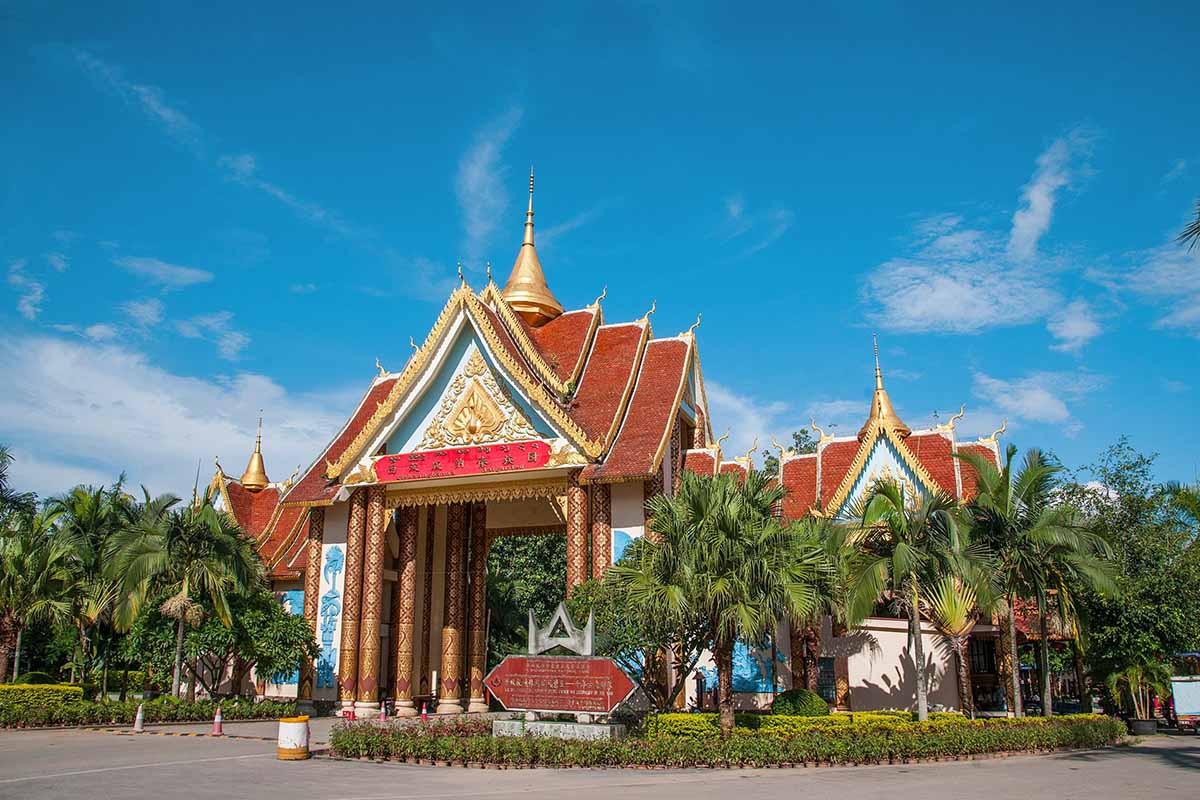
Dai Nationality Garden
There are five best preserved Dai natural villages in China, covering an area of 3.36 square kilometers. After infrastructure construction, the old scenic area packaging, it has been built into a folk custom tourism resort and the large amusement park, opened to public on August 1, 1999.
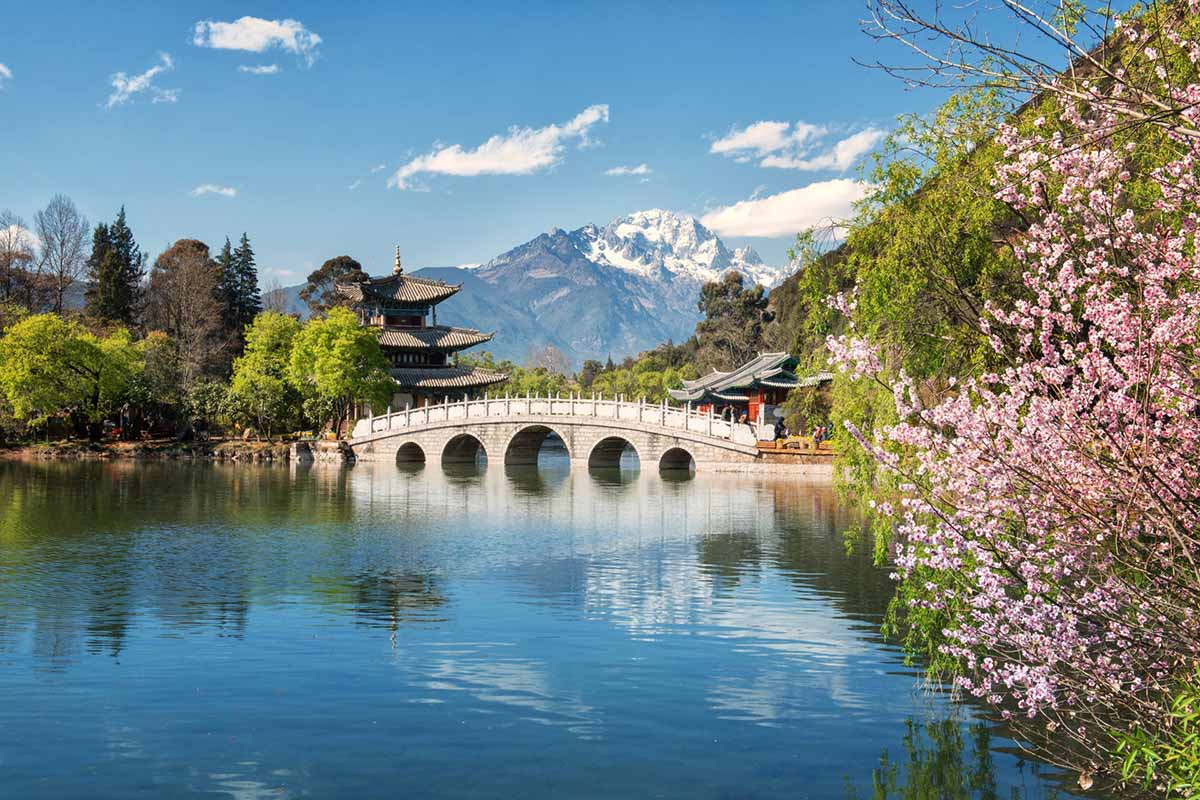
Black Dragon Pool
Clear spring gushed from the bottom of the pool. It’s a perfect place to appreciate the inverted image of Jade Dragon Snow Mountain in a windless day. Shallow pool is located in the northeast of the deep pool. The color of the water presents yellowish,hence the name Murky Pool.

Heshun Ancient Town
It has become a tradition for people of Heshun to explore foreign countries.Some made a fortune and returned home, building courtyards and family shrines in Heshun. They also bring culture diversity to this small town. Houses with European, Indian and Southeast Asian styles began to immerge.
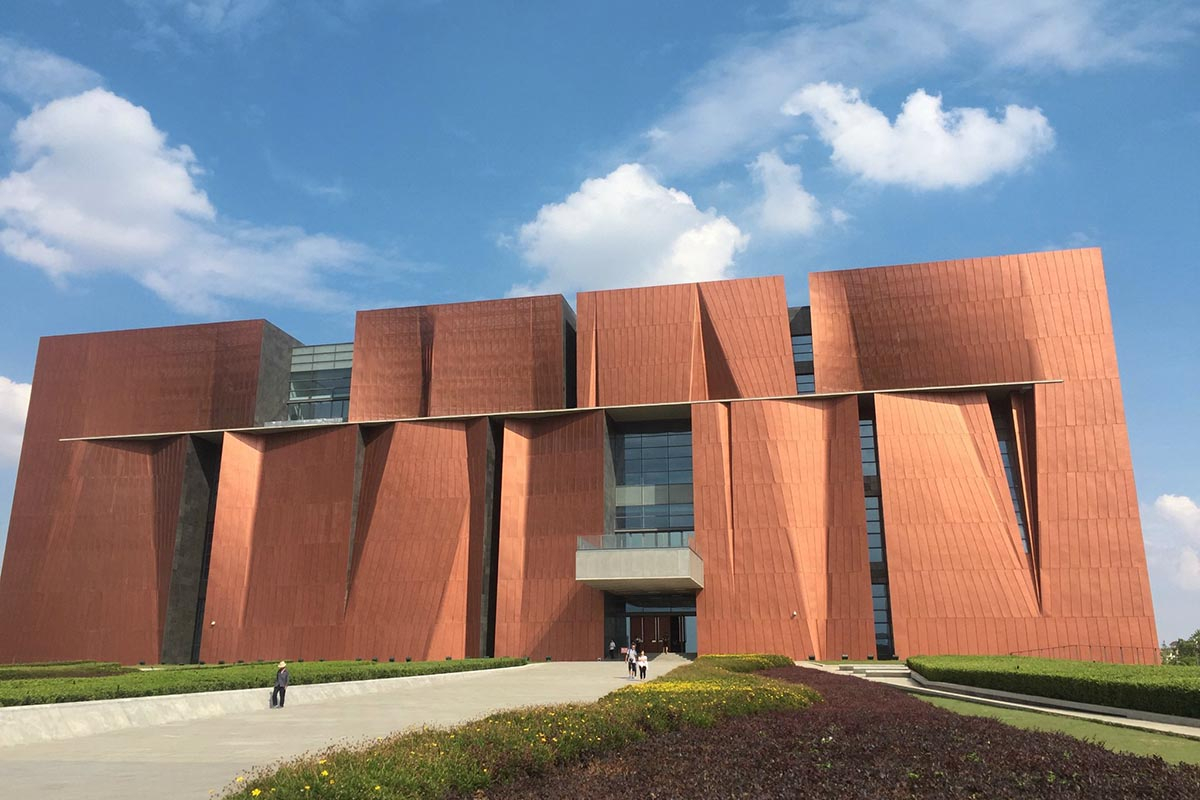
Yunnan Provincial Museum
Yunnan Province is known as The Kingdom of Plants of China due to its diversity in geographical conditions. Local plants are used as decoration to the museum. Tea plants, areca and bamboos are planted in four patios to create an open and natural environment.
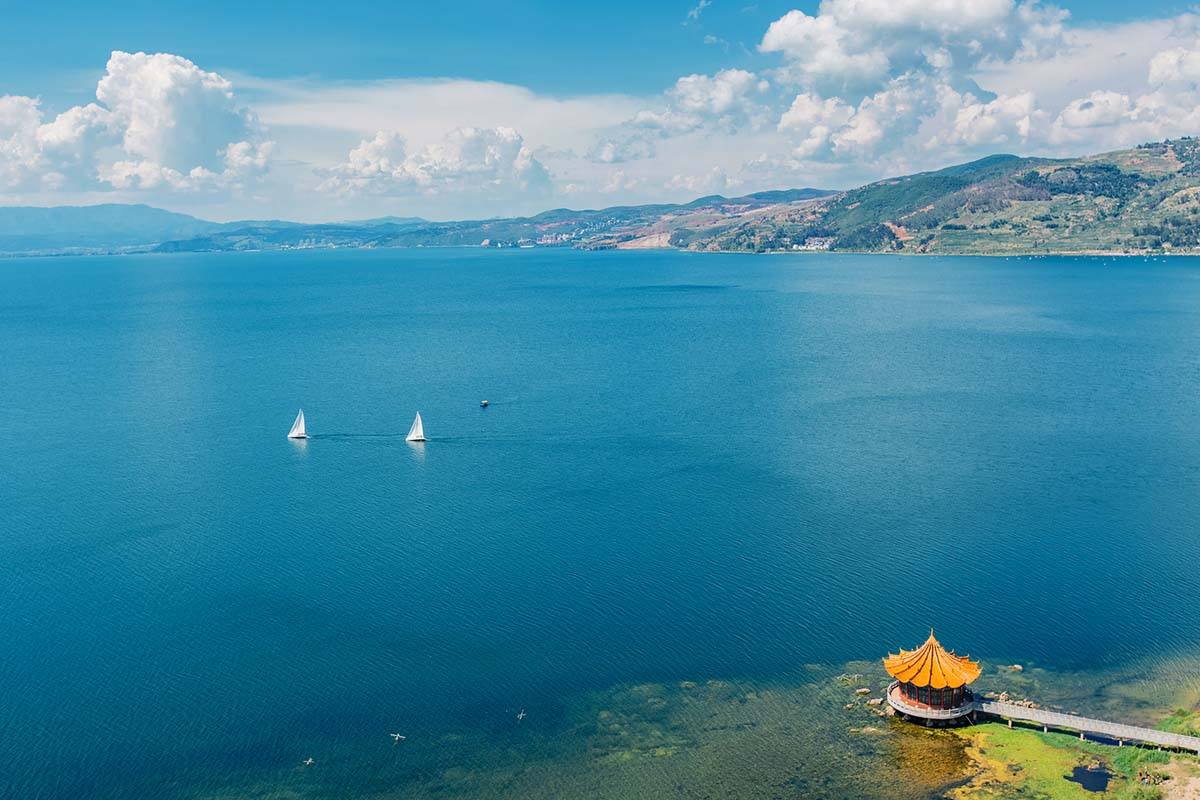
Fuxian Lake
Water of Fuxian lake is the purest and cleanest among them.” Fuxian lake is the product of rising Yunnan and Guizhou Plateau. About 3 million years ago, the Himalaya mountain rose up and many larva lakes and water reservoir took shape during that process. Fuxian lake was one of them.